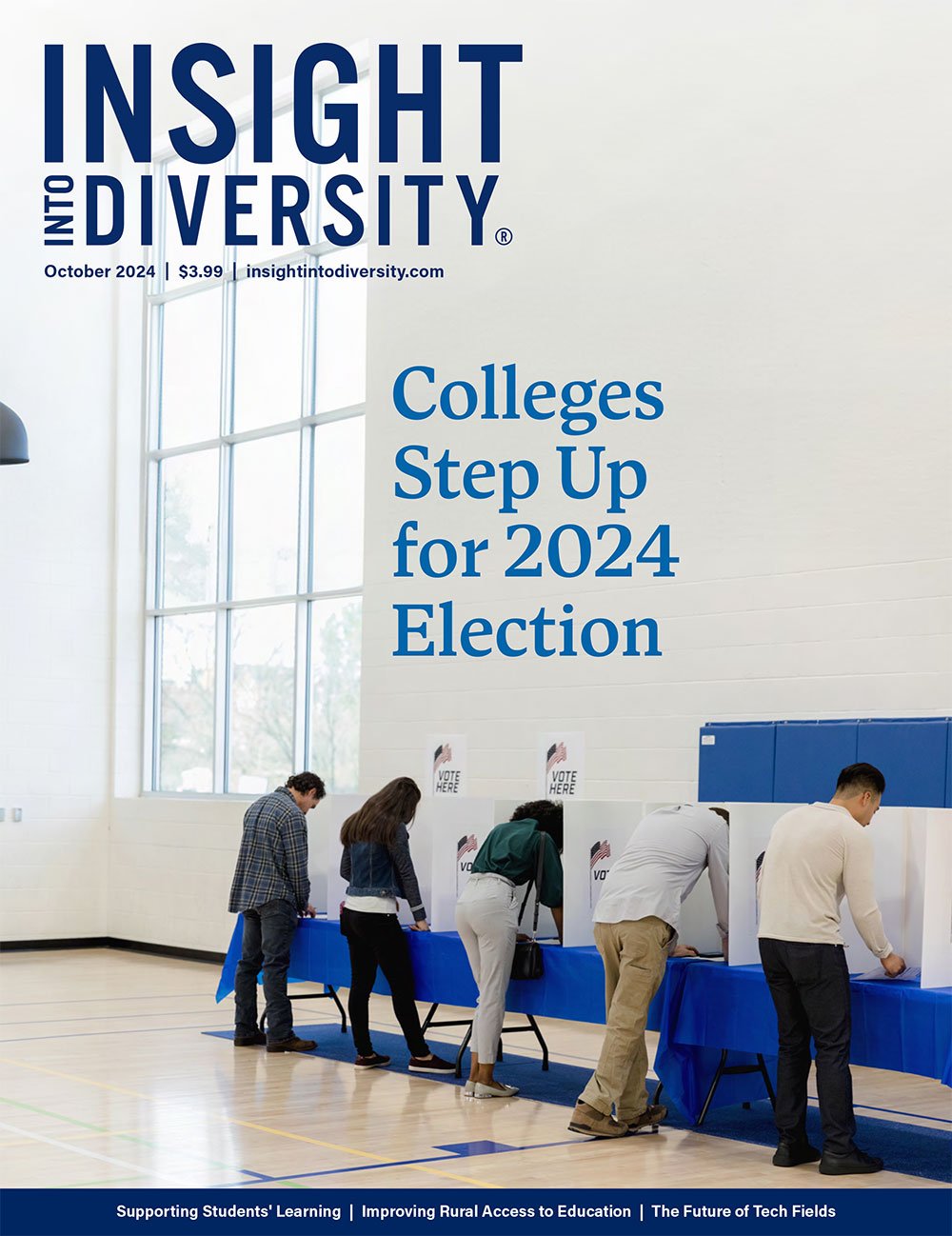Diversity and access are taking center stage in veterinary education, with recent developments highlighting the pressing need for more diverse representation in this health care field. By establishing new veterinary medicine schools, three institutions are encouraging students from historically underrepresented racial and geographic populations to enter the highly-in-demand workforce.
An estimated 55,000 new veterinarians are needed by 2030 to meet the industry’s projected needs, especially given that about 12,500 practitioners are set to retire by then, according to Mars Veterinary Health.
In January, the historically Black University of Maryland Eastern Shore (UMES) received approval from the Maryland Higher Education Commission for a new school of veterinary medicine. This is especially important given that just 10% of veterinarians in the U.S. identify as non-White, according to the Bureau of Labor Statistics.
The new school will also help to fill unmet workforce and education needs in the region. Currently, the only other veterinary program in the state is offered by the Virginia-Maryland College of Veterinary Medicine.
Once classes begin in fall 2026, UMES veterinary medicine will be the second such school at a historically Black college or university (HBCU) in the nation. Tuskegee University was the first HBCU to create a vet school, in 1945.
“As a land-grant HBCU dating back to the 1890s, we’ve been training underserved students in areas, including animal health, for a long, long time,” said Moses T. Kairo, PhD, dean of the UMES School of Agricultural and Natural Sciences. “We are painfully aware of the acute shortage of diverse veterinarians, especially Black Americans, so our mission is to serve Maryland as a public institution and diverse students from all corners of the United States.” Employing what Kairo and other organizers call an “innovative approach” that will use student time more effectively, the UMES vet school will offer all the same critical skills, training, and education as a traditional four-year program, but in year-round sessions for nine-semester, three-year completion.
Employing what Kairo and other organizers call an “innovative approach” that will use student time more effectively, the UMES vet school will offer all the same critical skills, training, and education as a traditional four-year program, but in year-round sessions for nine-semester, three-year completion.
Interim founding dean Kimberly Braxton, DVM, says that the plans for infrastructure development and search for leadership are underway, along with a $60 million dollar fundraising plan — the largest in the institution’s 140-year history.
 Upgrading the UMES facilities and constructing a dedicated space for the new veterinary school are among the items budgeted for in the plan.
Upgrading the UMES facilities and constructing a dedicated space for the new veterinary school are among the items budgeted for in the plan.
“Particularly underserved [students] become passionate about a career because they see someone that looks like them in that profession being successful,” Braxton said. “Our mission is to mediate accomplishment of their dreams and ultimate success.”
Similarly, the establishment of two new veterinary schools in Arkansas.— the first to be formed in the state.— will address the long-standing geographic disparities that have existed for those seeking an animal-focused medical education.
As of March 2024, Arkansas was the lowest-ranked state in terms of employed veterinarians, with only 14 per 100,000 people — or about 421 in total — according to Veterinarians.org and U.S. Census data.
Arkansas State University (A-State) is leading this charge by launching a College of Veterinary Medicine, which will offer a doctoral degree. The college’s goal is to enroll 120 students per cohort, with equal representation from in- and out-of-state students, starting in fall 2025 or 2026, depending on regulatory approvals.
“Over and over we hear about the need for more veterinarians to fill the growing need for companion pet care and the agricultural industry across our state,” said A-State Chancellor Todd Shields. “Above all, we want to make it possible for Arkansans in particular to stay home for their DVM and establish their practices right here in our state.”

Alongside A-State, Lyon College is also working toward establishing its School of Veterinary Medicine in Little Rock. Set to open by fall 2025, the school aims to bring in class sizes of up to 120 students, with an emphasis on hands-on learning experiences with active veterinarians in the state. It will also provide an accelerated program, which students will be able to complete in three years.
“We’re going to have what is called a distributive model, so it’s going to be a lot of hands-on [work] and then they’re going to go out with active practices and it’s going to be a two-way interview,” Eleanor Green, DVM, the founding dean of Lyon’s veterinary school said. “It also allows great flexibility in the path that a student chooses.”
One of the primary goals in establishing these new schools is to keep graduating students in-state to address the area veterinary workforce needs, including opportunities in the livestock and agricultural industry — a subfield that has even fewer people than necessary when compared to pet veterinarians.
Students enrolling in these institutions, especially those from in-state, are more likely to establish a private practice in Arkansas upon graduation and will be more comfortable working in rural environments.
The creation of the UMES and Arkansas veterinary schools signifies an investment in future health care infrastructure that addresses immediate shortages and fosters long-term sustainability and representation in veterinary care.●




















